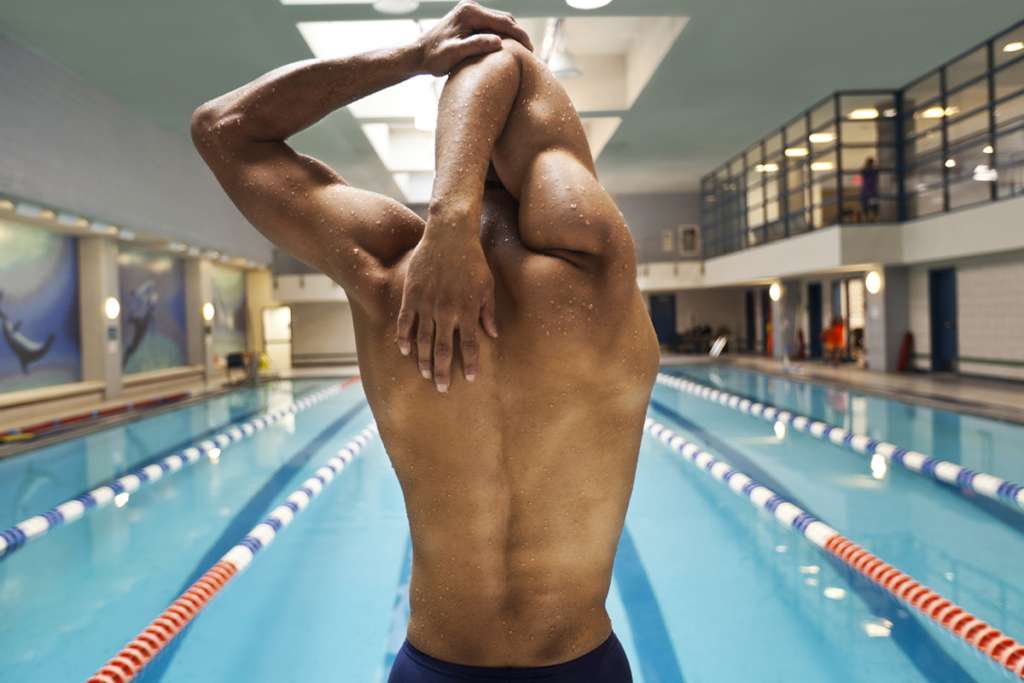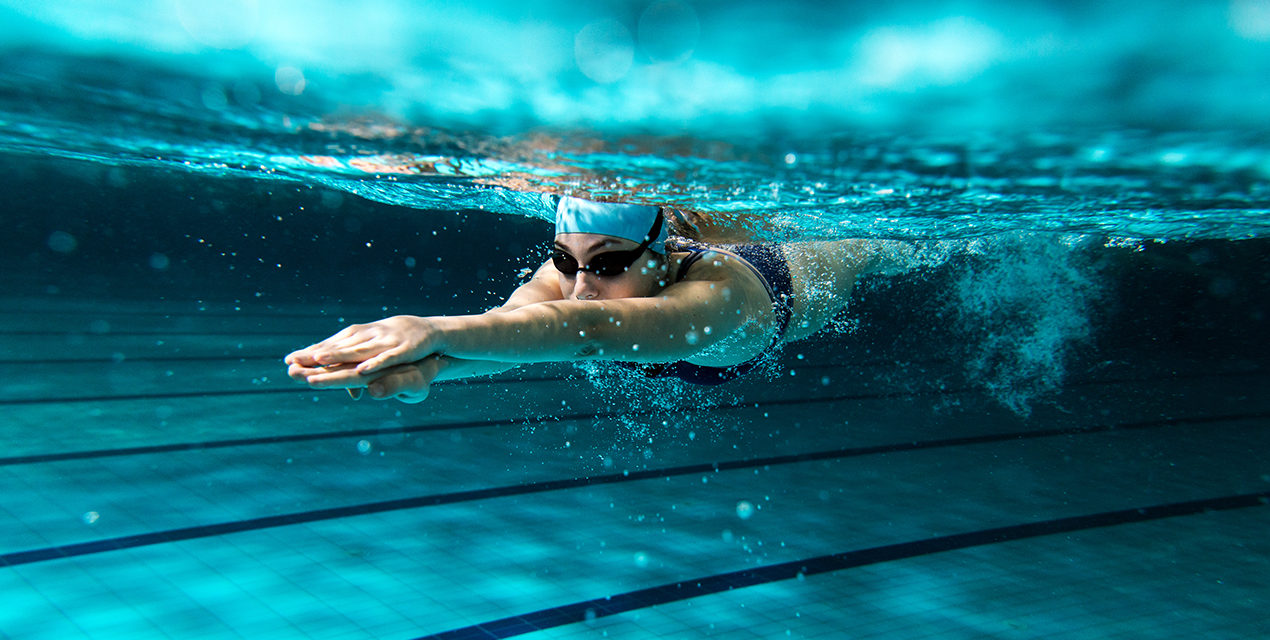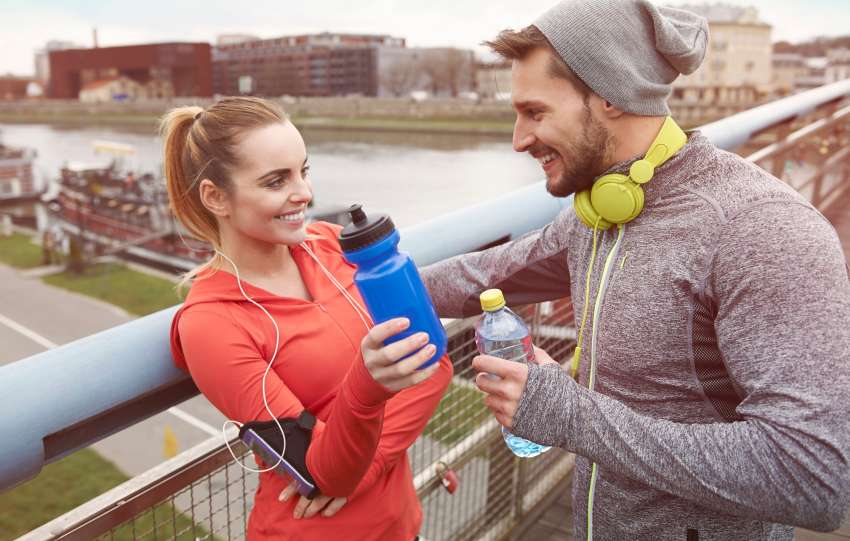Each type of exercise has its benefits. But swimming differs from other aerobic exercises in several important ways. First, the fact that you’re submerged in water means your bones and muscles are somewhat relieved of the stresses of gravity.
Swimming and fitness:
Swimming means overcoming resistance. It forces you to constantly push your entire body through water, which is about 800 times denser than air. When your goal is to get in top shape, there are a few things that will help you progress down that path more effectively than physical swim training. Regardless of your age, body composition, current physical condition, or performance goals, swimming is one of the best and most versatile forms of exercise you can do.

Swimming an ideal exercise:
This makes swimming an ideal exercise for people with osteoarthritis, for whom weight-bearing exercises can be extremely painful. According to Tanaka’s research on people with the condition, swimming reduces arterial stiffness, a risk factor for heart problems. Much of his research has linked swimming training to lowering blood pressure in people with hypertension. The coolness and buoyancy of the water are also attractive to overweight or obese people who may find strenuous aerobic exercise such as running too hot or uncomfortable.
Body works hard when you’re in the pool:
But make no mistake; your body works hard when you’re in the pool. Water is denser than air, so exercise through H2O puts more stress on your limbs than exercising out of water, research shows. In addition, this pressure is evenly distributed. It doesn’t accumulate in the knees, hips, or other areas that carry the most weight during exercises where gravity is on the shoulders.
Aerobic exercise:
Exercise is also associated with many of the same life-prolonging, heart-friendly, and mood-enhancing benefits found in other forms of aerobic exercise. And it’s the fun that counts. Because swimming is a full-body workout, it’s also extremely effective for developing cardiovascular strength. Because many large muscle groups work together for long periods, swimming for fitness requires your heart to work hard to pump oxygen through your body.
Swimming Vs Cardio:
Swimming helps you build muscle much faster than some of its cardio counterparts. Biking and running, for example, help build leg strength but focus less on the upper body and core muscles. But because swimming involves moving your whole body through the water and overcoming a lot of resistance, you engage up to fifty muscles at once, from your shoulders and back to your chest, arms, abs, glutes, legs, and even legs abs hands.
Although water is much denser and offers more resistance than air, it also provides buoyancy, which means it reduces the pressure of gravity on joints, bones, and muscles. So while swimming workouts continue to help build muscle strength and cardiovascular fitness, they do so without the same physical strain experienced with running or lifting weights.
Fitness swim training:
Fitness swim training is a great way to burn calories. Although your calorie burn will vary based on height, weight, distance, and swim speed, the average person can burn anywhere from 430 to 575 calories per hour while swimming.

Because of its low impact force, swimming can be extremely beneficial in the active rehabilitation of injuries such as sprains, strains, and strains. It’s one of the American College of Sports Medicine’s top four most popular rehabilitation exercises for ligament, muscle, and tendon injuries.
However, it is important to consult an expert before considering swimming to recover from the injury. Therefore, before entering the water, consult a professional.
Release of endorphins:
Like all sports, swimming stimulates the release of endorphins and promotes happiness, positivity, and general well-being. Over time, the constant and frequent release of endorphins has even been linked to positive mental health effects and may help the body respond better to stress. But it’s not just swimming that can help relieve stress: being in the pool forces you to isolate yourself completely from the outside world, putting aside social media and email for a while.
When you come to the pool, you probably already have in mind the fitness goals you want to achieve with your swim workout. But without a plan and a way to measure your progress; it can be difficult to tell if what you’re doing is having an impact.
This is why following a swim training plan is such an important part of training to improve your fitness.






